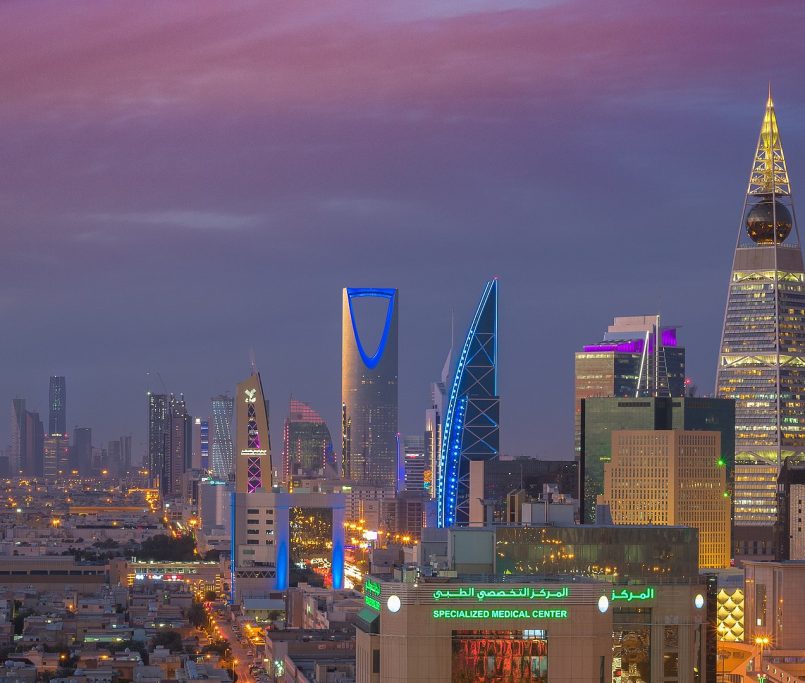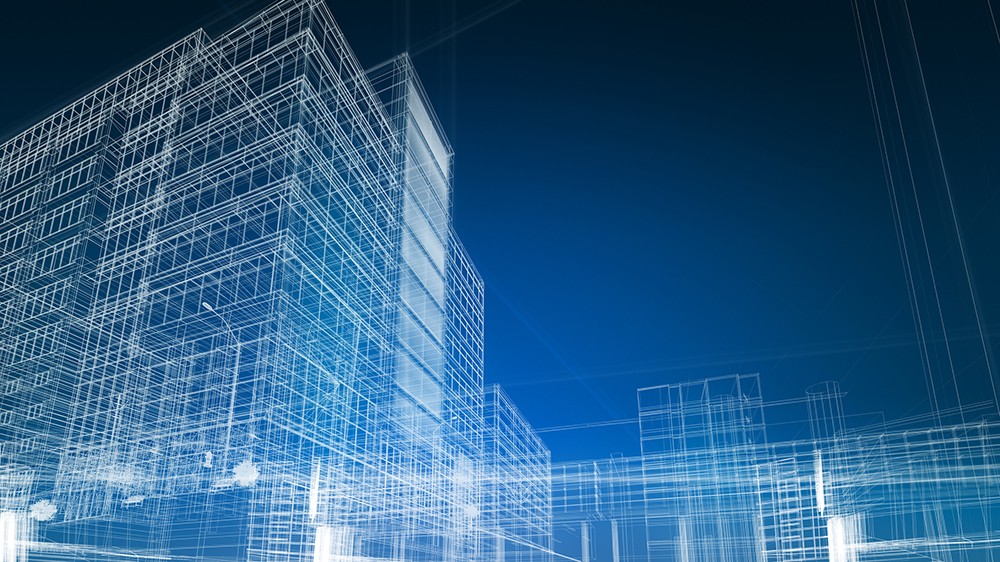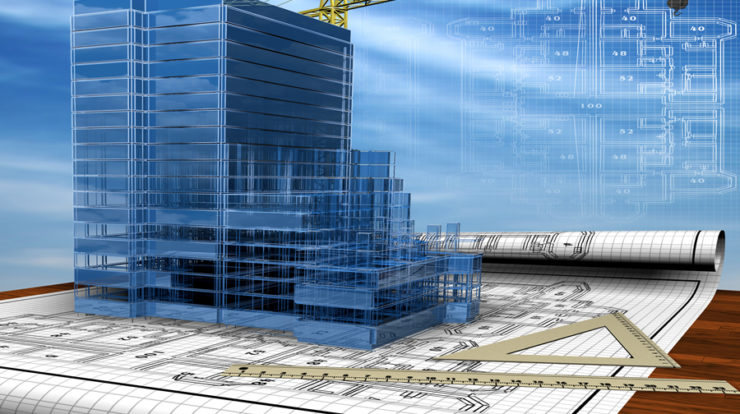The Role of Technology in Architecture: Shaping the Future of Design and Construction
The Role of Technology in Architecture: Shaping the Future of Design and Construction
Building design, construction, and user experience are being revolutionised by the dynamic interaction between technology and architecture. The field of architecture is welcoming this change with open arms as digital tools and approaches become more and more pervasive in every part of our life. In this article, the changing role of technology in architecture is explored, emphasising the ways in which technological innovations are redefining the creative process, improving productivity, and enabling architects to push the frontiers of what is feasible in terms of design and construction.
Digital Design Revolution
Digital design tools now offer unmatched precision, flexibility, and originality, replacing the conventional ways of sketching and drafting. Modern computer-aided design (CAD) software is used by architects to build sophisticated 2D and 3D models that accurately convey their concept. Before a single brick is set, these digital models give architects the ability to verify structural soundness, replicate real-world circumstances, and experiment with various design possibilities. With the help of this digital design revolution, architects can experiment with novel aesthetics, improve spatial arrangements, and hone every element with previously unheard-of precision.
Virtual Reality (VR) and Augmented Reality (AR) in Architecture
Architects, clients, and other stakeholders can now fully immerse themselves in virtual surroundings prior to the start of construction thanks to the development of virtual reality and augmented reality technologies. Using virtual reality (VR), architects may create completely immersive experiences that let them explore their concepts as if they had already been completed. By improving communication between architects and clients, this technology makes sure that everyone is in agreement on the project’s outcome. On the other side, augmented reality (AR) superimposes digital data onto the actual world, enabling architects to see how their projects will fit into existing landscapes. These tools not only support design choices but also encourage participation from the general population and teamwork.


Parametric Design: A New Wave of Creativity
A game-changer in the field of architecture is parametric design. This computational design method pushes the limits of creativity by using algorithms to generate and manipulate complex forms and patterns. The software creates variations based on the characteristics and rules that architects select. This method has led to the creation of well-known structures with intricate forms that were formerly thought to be impossible. Parametric design has made it possible for architects to construct buildings that defy conventional conventions, displaying the marriage of creativity and technology in Saudi Arabia, where innovative architecture is fast becoming a hallmark of urban development.
Building Information Modeling (BIM) for Collaboration and Efficiency
The collaborative process known as “Building Information Modelling” (BIM) entails developing and maintaining digital representations of a building’s structural and operational elements. BIM includes information about materials, components, and systems in addition to 3D modelling. Using this digital twin of the building, architects, engineers, and contractors can collaborate easily, cutting down on errors and increasing productivity. In Saudi Arabia, where large-scale infrastructure projects are becoming more prevalent, BIM is essential to ensuring projects are completed on schedule, are cost-effective, and are sustainable.
Sustainable Design through Advanced Analysis
In the quest for sustainable architecture, technology has emerged as a crucial element. Throughout the design process, architects can assess elements like energy usage, daylighting, and thermal comfort thanks to advanced analysis software. This data-driven methodology enables architects to take well-informed decisions that lessen their impact on the environment and enhance the functionality of the building. Saudi Arabian architects such as HYKAL are using these techniques to create energy-efficient structures that contribute to a cleaner future, in line with the nation’s rising focus on sustainability.

Construction Innovation: Robots and 3D Printing
A technological revolution is also occurring in the construction phase. Robots can complete activities that require a lot of labour or are dangerous for humans if they are given specialised instruments. Processes can be streamlined, safety can be improved, and construction time can be cut. Additionally, 3D printing technology has created a name for itself in the field of architecture by making it possible to precisely fabricate intricate construction components. These developments are enabling Saudi Arabia’s ambitious projects, which are pushing the limits of architecture, to complete their construction more quickly and with higher-quality materials.
Smart Buildings and the Internet of Things (IoT)
The building’s completion does not mark the end of technological integration. The idea of connected smart buildings using the Internet of Things (IoT) is gaining popularity. Building-integrated sensors gather information on occupancy, temperature, lighting, and other factors. Utilising this information will improve facility management, user experience, and energy efficiency. In Saudi Arabia, where modernization and sustainability are top concerns, IoT-enabled smart buildings are quickly emerging as the standard for cutting-edge construction.
Challenges and Future Prospects
While incorporating technology into architecture has many advantages, there are drawbacks as well. Architects must keep up with the quick-changing technical landscape, maintain data security, and address the potential social difference caused by the digital divide. Architects must also strike a balance between embracing innovation and maintaining human creativity in the design process as technology advances.
In the future, technology’s influence on architecture is expected to continue to evolve. Future developments in artificial intelligence (AI), machine learning, and generative design (GD) promise even more effective processes, improved structures, and hitherto unheard-of levels of creativity. The future of architecture will be shaped by Saudi Arabia’s adoption of technology developments as it moves forward with urban development.
Conclusion
Technology’s place in architecture is no longer merely a supporting component; rather, it now plays a crucial role in the development of new ideas and the execution of architectural concepts. Technology is significantly changing the area, from parametric design and virtual reality to digital design tools and sustainable analysis. Saudi Arabian architects are in the vanguard of this technology transformation, utilising digital innovations to produce innovative and environmentally friendly architectural wonders that transform the urban environment. One thing is certain as we continue to investigate technology’s potential: the confluence of creativity and technology will continue to influence architecture in ways that were previously unthinkable.



